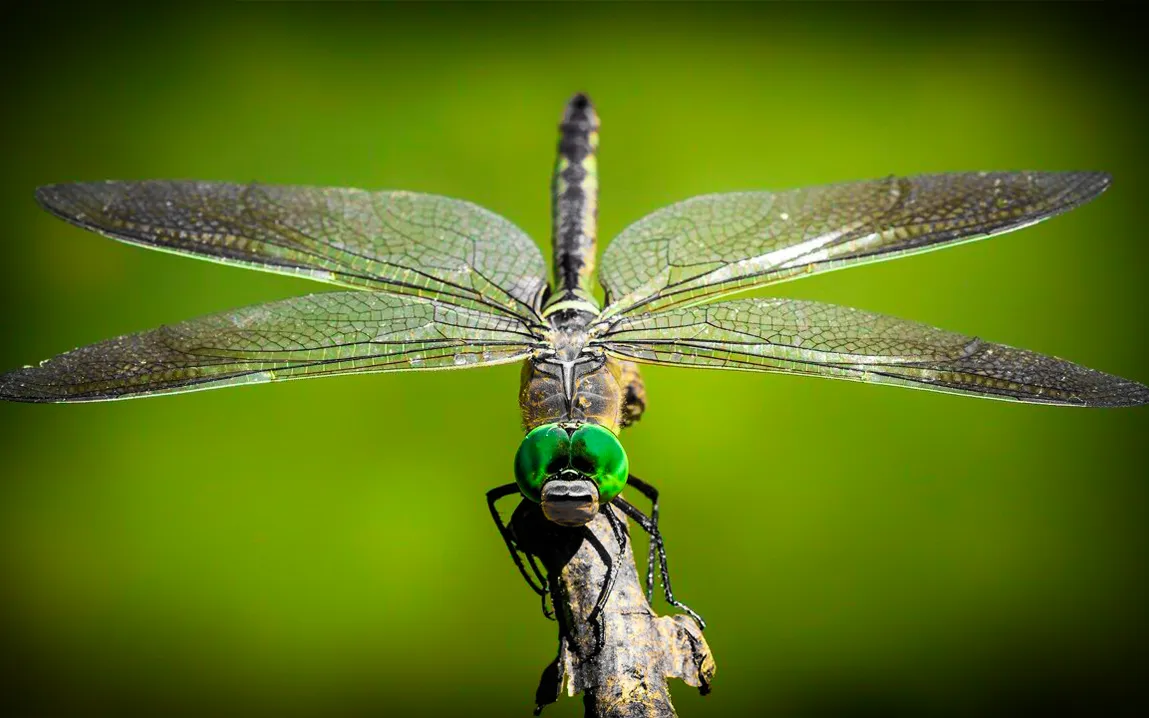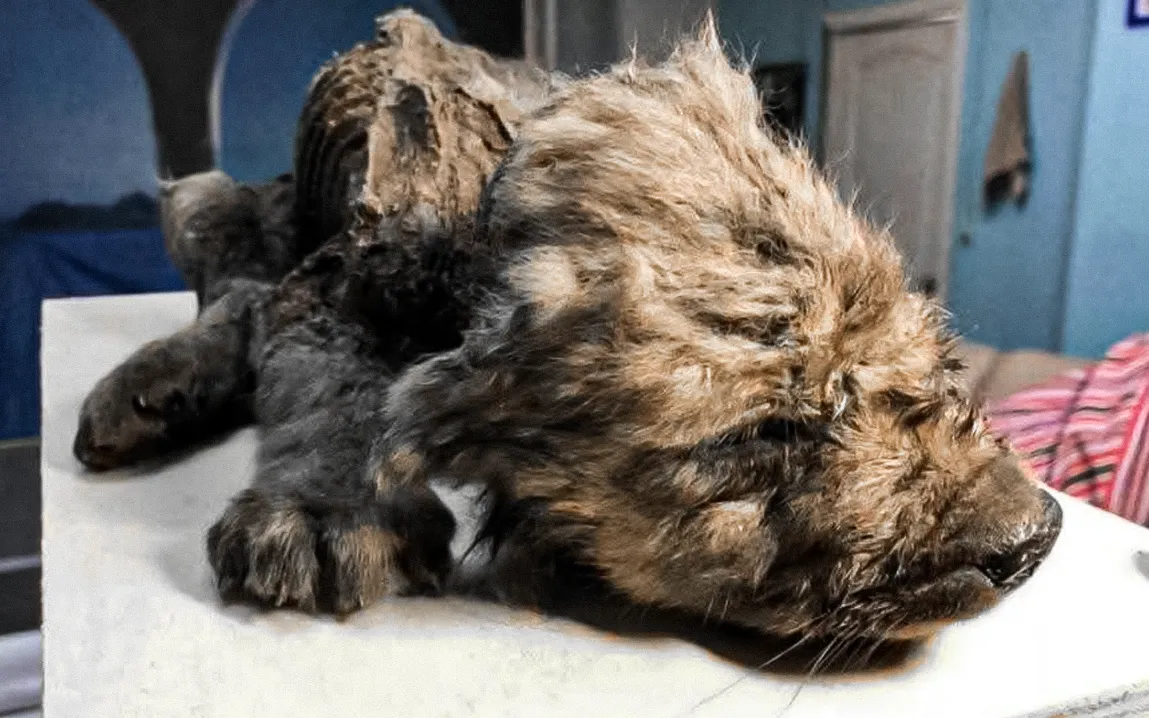A very interesting 2024 study discovered that certain species of dragonflies, particularly those with darker wing coloration, exhibited specific physiological traits that helped them deal with heat stress, attributed to their sexually selected dark wing ornaments. These ones are thus believed to be a dual adaptation from both environmental as well as reproductive stresses, which confer the dragonflies with an edge in competition for temperature stress tolerance as well as potential mating success.
Dark Wings and Heat Absorption Study
As with most species, dragonflies do possess sexually selected traits to attract mates—for example, ornamental dark coloration on their wings. The bad news is that dark surfaces tend to absorb more heat, and this added heat is likely to push animals in a warming world to their thermal limits. In fact, for some species of dragonflies, males may use these dark patterns to communicate virility, but this leaves them prone to overheating because the spots trap solar radiation.
Researchers from the University of Pittsburgh and other collaborating institutions investigated just how species from different climates—tropical and temperate—address this problem. Their findings, published in Frontiers in Ethology in 2024, showed that dragonflies with darker wing coloration had greater heat tolerance compared to their much less ornate cousins. This has thus enabled them to survive in warmer environs without quite reaping the full physiological costs of their heat-absorbing wings.
Researchers analyzed 19 species of dragonflies and found that wing pigmentation correlates with heat tolerance, which they measured by the critical thermal maxima, or “CTmax,” of the insects. The latter measures the temperature at which they can no longer work. Those dragonfly species with darkly pigmented wings tolerate higher heat levels, and thus their thermal physiology co-adapts with sexual traits. With climate change still warming this planet, such traits may prove crucial to the survival of particular species of dragonfly.
Heat Stress and Mate Success
Heat tolerance in dark-winged dragonflies thus walks a tightrope of survival and reproductive success: the melanin pigmentation that helps males make an impressive dark wing is useful for sexual signaling but puts them at higher risk for thermal stress. In attracting a mate or intimidating a competitor, it exposes them. In warmer climes, especially in the tropics, dragonflies face this additional heat burden or run the risk of leaving their reproductive territories and thus diminish their chances of passing on their genes. Researchers find that these species have been able to balance the heating costs of their exaggerated ornaments, some having evolved higher heat tolerance in order to succeed at reproduction in the face of climate change.
The most significant implication is the broader relationship of climate change with sexually selected traits in the animal kingdom. Thus, increased global temperature may pose new evolutionary pressure to species relying on optically spectacular characteristics for mate attraction. According to the researchers, the ability to evolve heat tolerance together with sexual traits becomes important for survival in this changing world.
Implications on Climate Change and Biodiversity
The present study provides evidence of species adaptation to changing climates and elucidates the complex interaction between environmental stressors and reproductive strategies. Adaptations of dragonflies can serve as an example for other species to better adapt to climate change. Not all species will have these compensatory mechanisms; thus, it is projected that biodiversity will decrease as this planet continues to warm.
In the broad ecological context, these results would mean that evolutionary pressures by climate change are sculpting not only survival traits but also reproduction-related traits. Since dark wing pigmentation is often a means to mating success due to sexual selection, the ability to evolve heat tolerance may determine which species survive and which will struggle as temperatures in most parts of the world are rising.
Media Coverage
The study has been mentioned in some of the large scientific and environmental news portals. Among the first was Phys.org, which connected to mechanisms of how this ability to withstand thermal stress while maintaining a reproductive advantage in dragonflies is achieved. Information was also published on the two portals EurekAlert! and Frontiers in Ethology, where it focuses on the perspectives of the results for further studies into thermal physiology and sexual selection.
In addition, the input on climate change effects on sexually selected traits opened up further discussion on species survival in new environments.
Conclusion
As climate change continues to warm the planet, knowledge like that in this study will be critical to understanding how species can adapt to warmer temperatures. The dragonfly’s ability to evolve both thermal tolerance and visually striking sexual traits offers hope that some species may be able to adapt in the face of dual pressures of survival and reproduction. It also underscores, however, just how fragile ecosystems are; after all, only those species that have the potential to make rapid changes will be able to continue thriving.
It is an important step towards unraveling the connections among climate change, sexual selection, and survival in species. However, to validate whether such adaptations exist in other species and the spread of these compensatory mechanisms across different ecosystems would require further studies.



